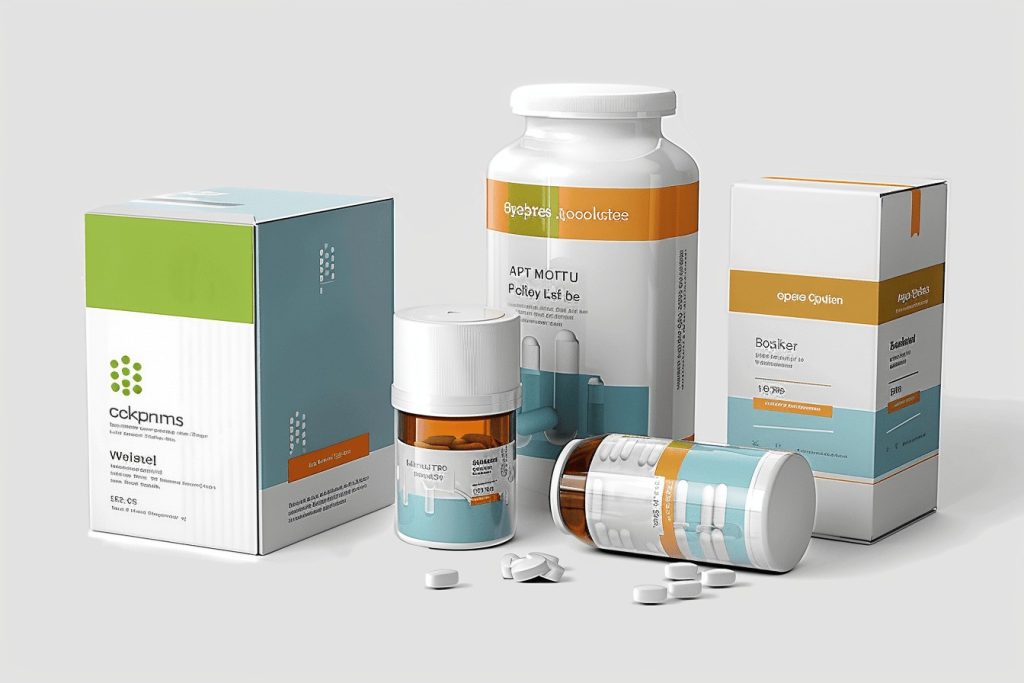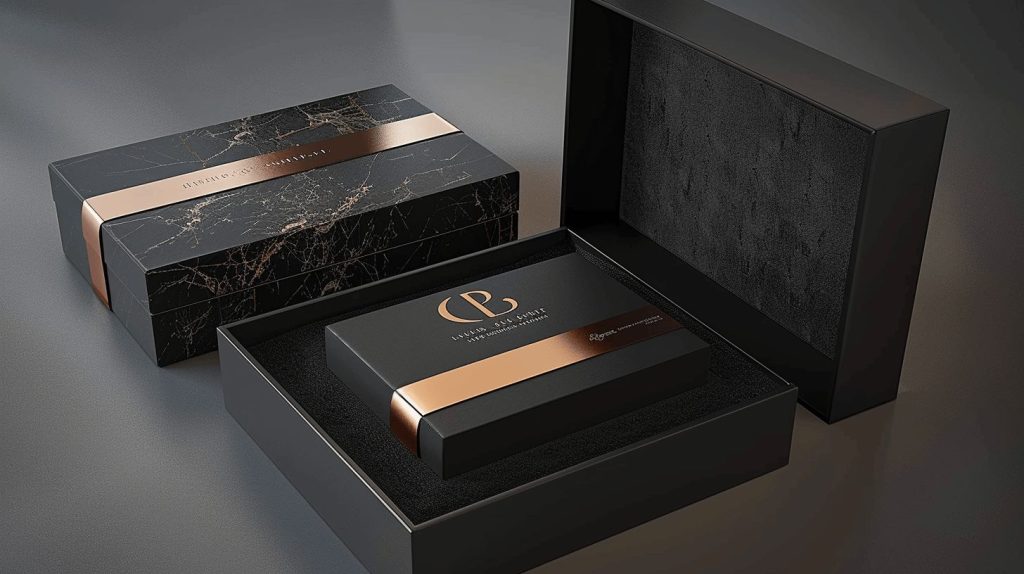In the pharmaceutical industry, packaging plays an essential role in ensuring the safety, effectiveness, and integrity of medications. Proper packaging not only protects the product from contamination but also ensures that it reaches consumers in optimal condition. If you’re working in the pharmaceutical industry or simply curious about the different types of packaging, this guide will break down the primary, secondary, and tertiary packaging solutions. Let’s focus especially on secondary pharmaceutical packaging—commonly known as paperboard packaging—and why it’s so important.

Primary Pharmaceutical Packaging
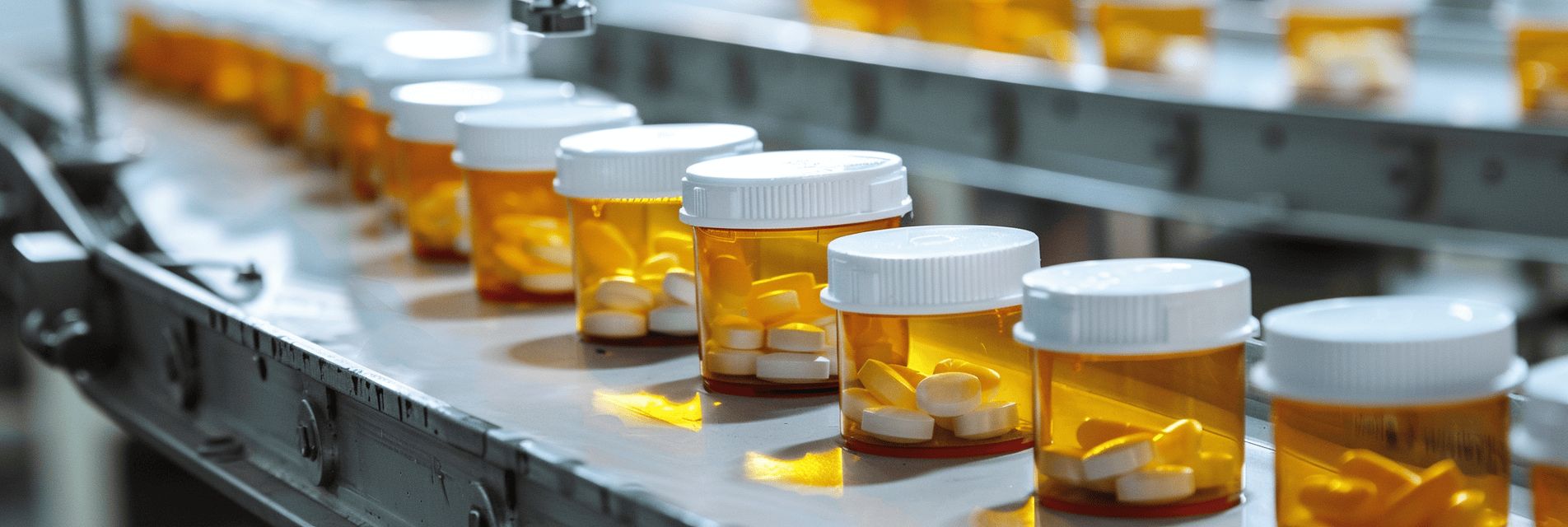
When we think of primary packaging, we’re talking about the materials that directly touch the medication itself. This could include bottles, vials, blister packs, or syringes. The primary purpose of this packaging is straightforward: protect the medication from external elements like air, moisture, and light. Think of it as a shield that keeps the product fresh and potent. It’s designed to ensure the medicine remains effective until it’s ready to be used.
Secondary Pharmaceutical Packaging
Now, here’s where things get interesting—secondary pharmaceutical packaging. This is often paperboard packaging, and it’s arguably one of the most important forms of packaging in the industry. It’s the outer layer that holds the primary packaging, providing extra protection and organization.
Functionality: Secondary packaging does much more than just protect; it helps facilitate easy handling and transport. It often includes features like tamper-evident seals, which reassure consumers that their medication is safe to use. Plus, it’s where the product’s labeling, instructions, and branding live, making it essential for consumer confidence.
Types of Secondary Packaging: Whether it’s a folding carton or a rigid box, secondary packaging comes in many forms. Depending on the medication, these boxes are designed to fit snugly around the primary packaging, ensuring everything stays intact. This type of packaging also makes it easier to group products for shipping—perfect for bulk deliveries or retail displays.
Customization: One of the reasons secondary packaging stands out is the potential for customization. Imagine walking into a pharmacy and seeing two different medicine boxes—one plain and another with bold colors and intricate designs. That’s the power of custom secondary packaging. Not only does it protect the product, but it also carries a brand’s identity, making it a marketing tool in itself. At Packjaki, we offer custom paperboard packaging solutions, allowing you to design packaging that perfectly reflects your brand and stands out in a crowded market. With our expertise in creating personalized designs, you can ensure that your pharmaceutical products not only stay safe but also make a memorable impression on your customers.
Materials: Materials used in secondary packaging include sturdy paperboard and corrugated cardboard, both of which are durable enough to protect the product during transport. These materials are also eco-friendly options, and sustainability is a big factor these days. Using recyclable materials can really make a brand stand out as environmentally conscious.
Advantages: Paperboard packaging has a number of advantages, including cost-effectiveness and eco-friendliness. It’s also flexible, allowing pharmaceutical companies to adapt the packaging based on the drug’s needs. For instance, certain medications may require more protective packaging due to temperature sensitivity or fragility, and secondary packaging can be tailored accordingly.
Production Process: The creation of secondary packaging involves several steps: designing, printing, cutting, and assembling. Each step is meticulously controlled to ensure that the final product is of the highest quality. After all, pharmaceutical companies can’t afford to compromise on safety or aesthetics. Quality assurance is key throughout the entire process.
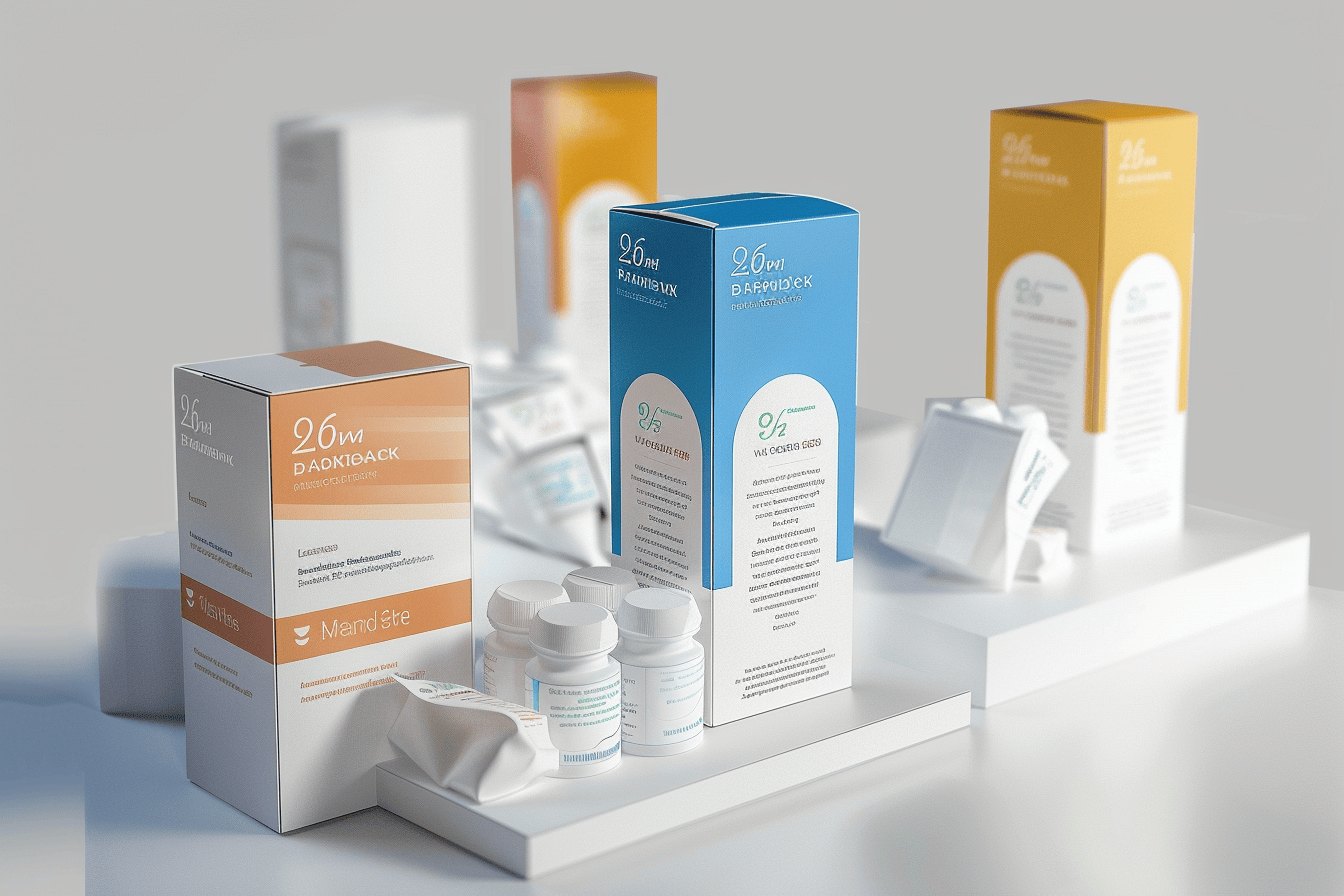
Tertiary Pharmaceutical Packaging
Tertiary pharmaceutical packaging isn’t about the medication’s direct protection; it’s more about logistics. This type of packaging includes larger containers like pallets and bulk boxes. It’s designed to keep the medication safe during storage and transportation, ensuring that products stay in top condition while they make their way to retailers or distribution centers.
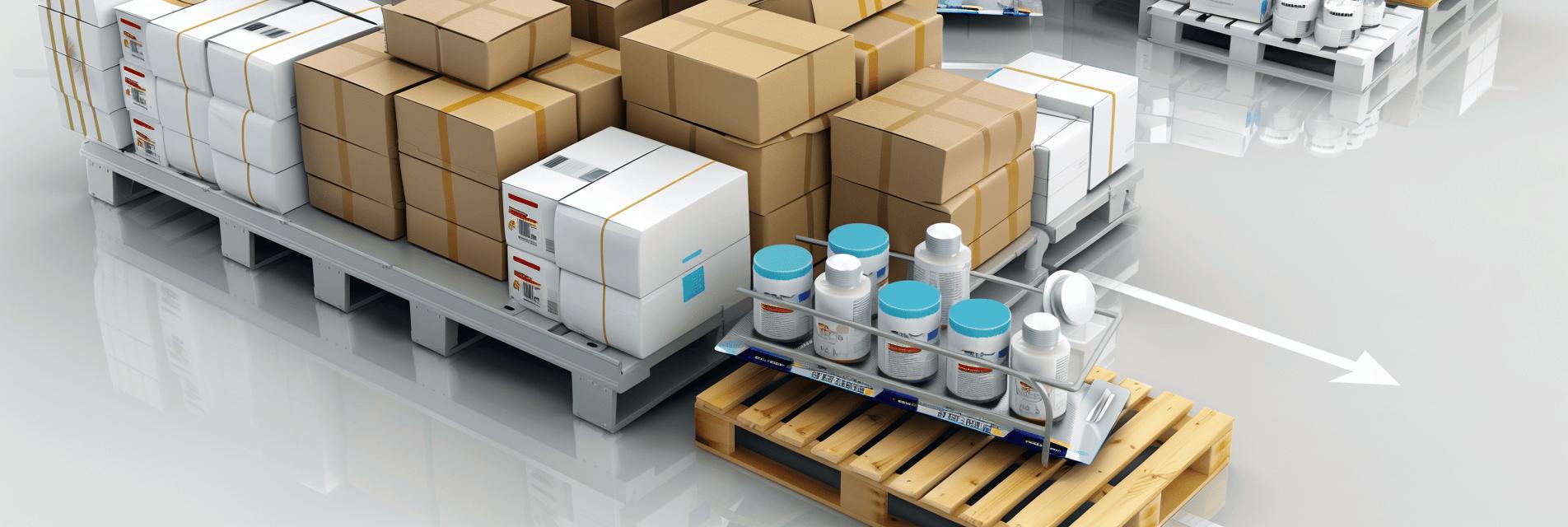
Why Packaging for Pharmaceutical Products Matters
Packaging might seem like a minor detail, but when it comes to pharmaceuticals, it’s a big deal. Here’s why:
Safety: The primary role of packaging is to protect the drug from contamination and degradation. This is especially important for medications that need to remain sterile or at a specific temperature.
Regulatory Compliance: Pharmaceutical packaging must adhere to strict guidelines, including clear labeling and tamper-evident features. Failure to comply can lead to serious legal consequences and health risks.
Branding: Packaging can also influence consumer perception. Think about it—when you purchase medicine, you might gravitate toward products that look professional and trustworthy. Packaging helps establish that trust and builds brand recognition.
Conclusion
Pharmaceutical packaging plays a crucial role in safeguarding medications and ensuring they reach consumers safely. While primary and tertiary packaging are essential for protection and logistics, secondary packaging, particularly paperboard packaging, stands out as the unsung hero. It not only protects but also provides branding opportunities, allows for customization, and contributes to sustainability efforts. So, the next time you pick up a box of medicine, remember that there’s more than just a pill inside—it’s a carefully designed solution to ensure your health and safety.


